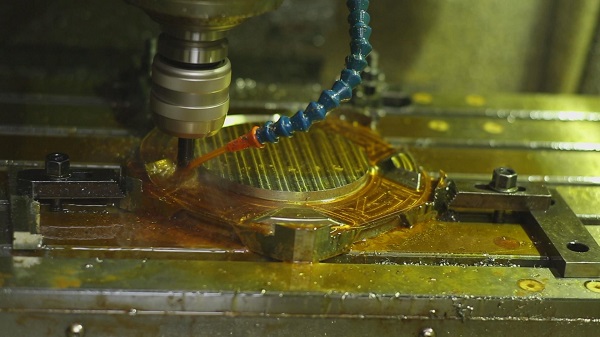Get in touch.
Dear,I will reply in 12 hours. All your message are protected!
Rapid Prototyping Services, Professional manufacturer of CNC Prototyping and 3D Prototyping in China.
CNC (Computer Numerical Control) machining is renowned for its ability to produce precise and intricate components. However, achieving and maintaining high levels of accuracy in CNC machining requires careful planning, proper techniques, and effective control measures. In this article, we will explore strategies and best practices for controlling precision in CNC machining, providing valuable insights to optimize your machining processes and ensure accurate results.

1.Design Considerations:
Start with meticulous design considerations to achieve precision in CNC machining. Ensure that the CAD (Computer-Aided Design) model or technical drawing accurately represents the desired dimensions, tolerances, and specifications. Pay attention to factors such as part symmetry, wall thickness, and the selection of appropriate geometric features that align with CNC machining capabilities.
2.Material Selection:
Choose materials that are suitable for achieving high precision in CNC machining. Consider the material's dimensional stability, machinability, and compatibility with CNC processes. Materials with low thermal expansion coefficients, such as certain alloys or engineering plastics, are often preferred for achieving tight tolerances and dimensional accuracy.
3.Cutting Tools and Tooling:
Select appropriate cutting tools and tooling systems to ensure precision in CNC machining. Consider factors such as tool geometry, material, and the desired surface finish. High-quality cutting tools with sharp edges and proper tool coatings can minimize tool deflection and contribute to accurate machining results.
4.Machine Calibration and Maintenance:
Regular calibration and maintenance of CNC machines are critical for maintaining precision. Ensure that the machine's axes are properly aligned, the spindle is balanced, and the machine's components are well-maintained. Regularly check and calibrate the machine's parameters, such as backlash, tool length compensation, and tool offsets, to ensure accurate machining.
5.Cutting Parameters Optimization:
Optimize cutting parameters to achieve precision in CNC machining. Adjust spindle speed, feed rate, and depth of cut based on the material properties, tooling, and desired surface finish. Consider the part complexity, tool engagement, and chip evacuation when selecting the cutting parameters. Experiment with different combinations to achieve the desired accuracy while maintaining productivity.
6.Toolpath Optimization:
Optimize the toolpath to ensure precise machining. Use advanced CAM (Computer-Aided Manufacturing) software to generate toolpaths that minimize tool movements, reduce vibration, and ensure smooth transitions between cutting operations. Optimal toolpath strategies, such as adaptive toolpaths and high-speed machining techniques, can enhance precision and efficiency.
7.Quality Control and Inspection:
Implement a rigorous quality control process to verify the precision of CNC machining. Use precision measuring instruments such as coordinate measuring machines (CMM), micrometers, or optical comparators to inspect critical dimensions, tolerances, and surface finishes. Regularly calibrate and maintain the measuring equipment for accurate results.
8.Documentation and Traceability:
Maintain comprehensive documentation and traceability throughout the CNC machining process. This includes recording critical process parameters, tooling information, and inspection results. Having a well-documented history enables analysis, troubleshooting, and continuous improvement to enhance precision and consistency.
Conclusion:
Controlling precision in CNC machining requires a holistic approach that encompasses various factors, including design considerations, material selection, machine calibration, cutting parameters optimization, toolpath optimization, and quality control. By implementing the strategies outlined in this article, you can optimize your CNC machining processes to achieve accurate and precise results. Remember to prioritize regular machine maintenance, invest in high-quality tooling, and maintain comprehensive documentation for continuous improvement and traceability.
© 2005-2025 Shenzhen Tuowei Model Technologies Co., Ltd. | All Rights Reserved 粤ICP备11096697号